1789
The French National Assembly established the Archives Nationale for parliamentary records.
The history of archives date back to the times before Christ until more recent times. The following content will serve as a guide of events to highlight some of these historical events.
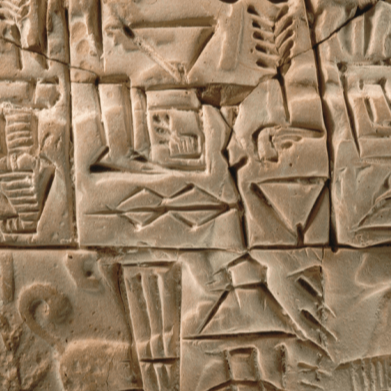
• Mesopotamia and Persia
• Wedge-shaped characters impressed onto clay tablets.
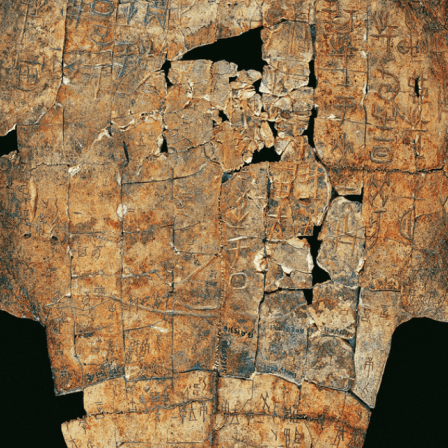
• Records are preserved on tortoise shells
• China also invents turning plant fibers into write surface

China records are preserved on bamboo
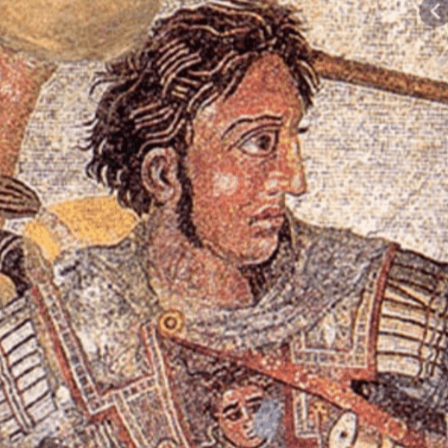
Alexander the Great mandates recording of court proceedings and (most likely) events across empire.
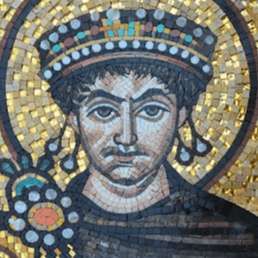
Justinian I, Eastern Roman Emperor codifies Roman Law—Corpus Juris Civilis

• Rome establishes the Aerarium, the first public archive.
• Was replaced by the Tabularium in 83 B.C. (Aerarium destroyed by fire).
• Legal records were recorded on papyrus using ink.
• Scant records
• Most government and legal proceedings conducted orally
• Parchment scarce and expensive (ala Archimedes Palimpsest)
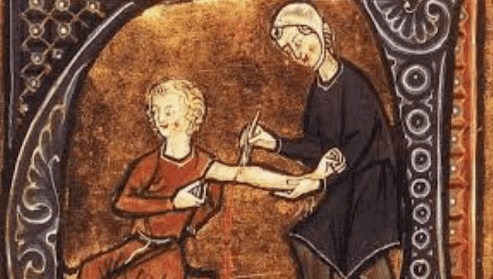
Ca. 1000: population of Europe advances in agricultural technology combined with the “Warm Period” (period of unusually temperate climate) allowing for greater crop yields and expansion of population.
• Rise of Manorialism—the organization of peasants into villages that owed their labor to nobles.
• Kings become heads of centralized nation states.
Origin of modern university system
• University of Bologna, Italy 1088
• University of Salamanca, Spain 1134
• University of Paris, France 1160
• University of Padua, Italy, 1222
• University of Naples Federico II, Italy, 1224
• Dante, Chaucer poets of the age
• Establishment of nation-states and fixed residence of monarchs
• Codification of laws
• Codification of tax codes
• Rise of universities
• New record keeping strategies
• Understanding that archives are state possessions and not possessions of individual rulers
...determines what taxes had been owed during the reign of King Edward the Confessor, thus allowing William the Conqueror to assess new taxation following the Norman Conquest.
Then, at that midwinter [1085], was the king in Gloucester with his council . . . After this had the
King a large meeting, and very deep consultation with his council, about this land; how it was occupied,
And by what sort of men. Then sent he his men over all England into each shire; commissioning them
to find out “How much hundreds of hides were in the shire, what land the king himself had, and what stock
upon the land; or, what dues he ought to have by the year from the shire.”

• Vast economic expansion
• Vast administrative/record keeping practices
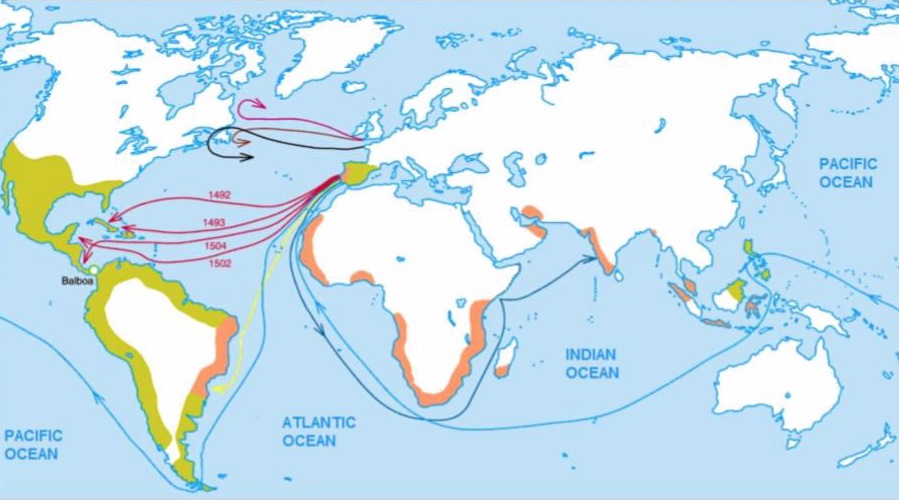
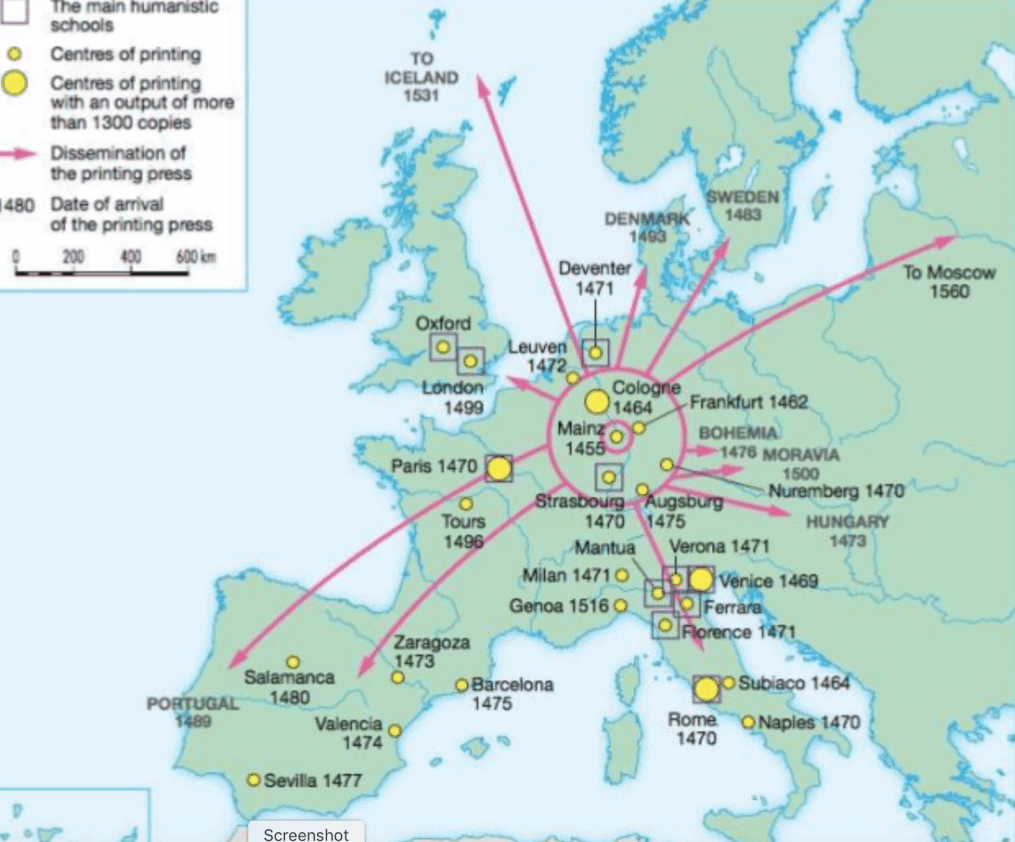
Most succinctly, Renaissance Humanism refers to a philosophy that emphasizes the agency (the primacy) of individuals and their empowerment to think freely.
Many scholars identify the Italian poet and scholar Francesco Petrarch (1304–1374) as the first Renaissance Humanist.
Petrarch identified the centuries following the collapse of the Roman Empire as the Dark Ages. He believed that the way out of the “dark” was the revival and engagement with classical authors and classical traditions.
Practically, humanism involved the rediscovery of classical texts in Northern European monasteries and libraries and their spread across Europe (and to newly founded universities via printing technologies). Print shops become center for the spread of humanism—in particular the Venice shop of Aldus Manutius, the Aldine Press.

The Reformation (and Counterreformation) necessitated ecclesiastical archives—churches needed to be able to prove the validity of their positions.
Age of Exploration and vast expansion of economies required vast new record keeping strategies that legitimized ownership of land and trade.
Nations begin to construct archives—buildings intended to represent strength, confidence, and historical continuum that validated government authority.

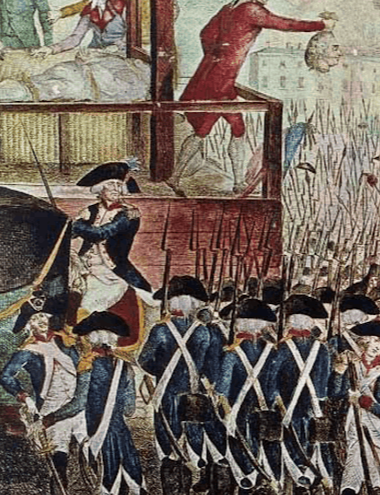
• Understood as essential to accessing national heritage
• Access is essential to government transparency
Codified into law that archives are
publicly accessible
Initiate a need for professional standards
Regicide paves the way for new form of government with accountability to people.
The French National Assembly established the Archives Nationale for parliamentary records.
Archives Nationale as France's national repository with jurisdiction over records of government agencies, communes, churches, hospitals, and universities.
Archives Nationale gained control over records held in districts creating the first centrally directed, statewide archives systems.
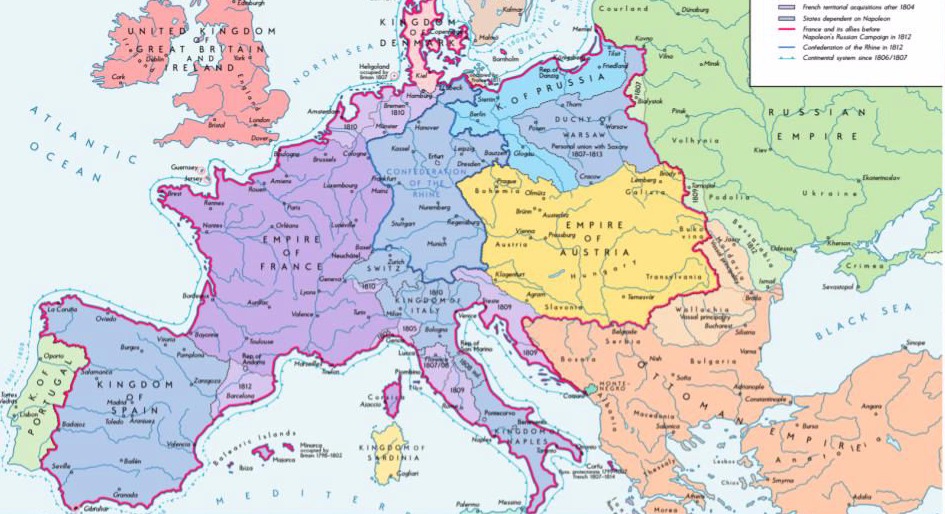
Napoleon tried to centralize all archives from across the French Empire in Paris.
Across Europe ideas of nationalism and national/cultural identity spread.
Nations begin to establish National Archives.
Nations begin to establish National Archives.
French introduce the principle of “Respect des Fonds” (files created by one office should be preserved as a distinct unit).
Prussians introduce the principle of “Provenance” (original order).
1821
École des Chartes was founded in Paris.
1854
The Institute for Austrian Historical Research was established in Vienna, Austria.
1877
Russia began training archivists at the St. Petersburg Archeological Institute.
1918
On July 1, Vladimir Lenin signed a decree providing for a reorganization of Russia's records under the Bolshevik regime, in turn creating the most highly centralized archival system in the world.
1934
The United States National Archives was established.
You have completed this lesson. Select the Restart button to review it again.